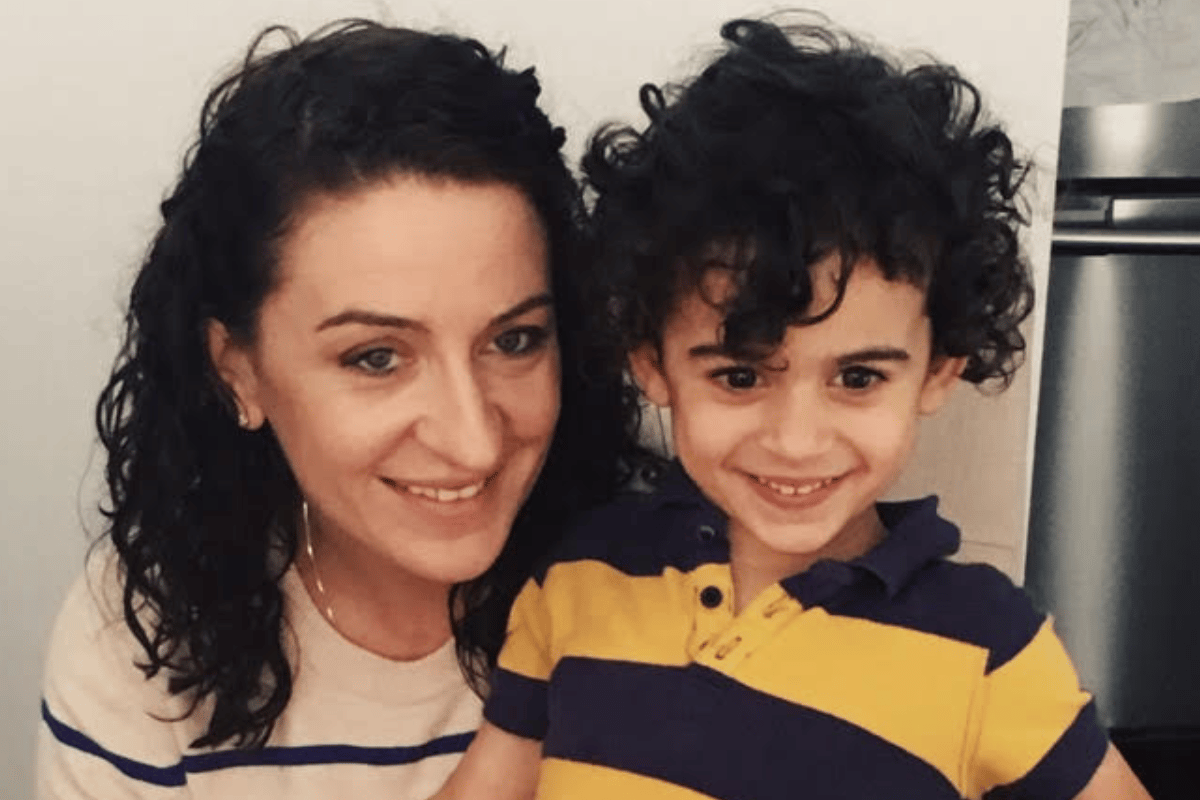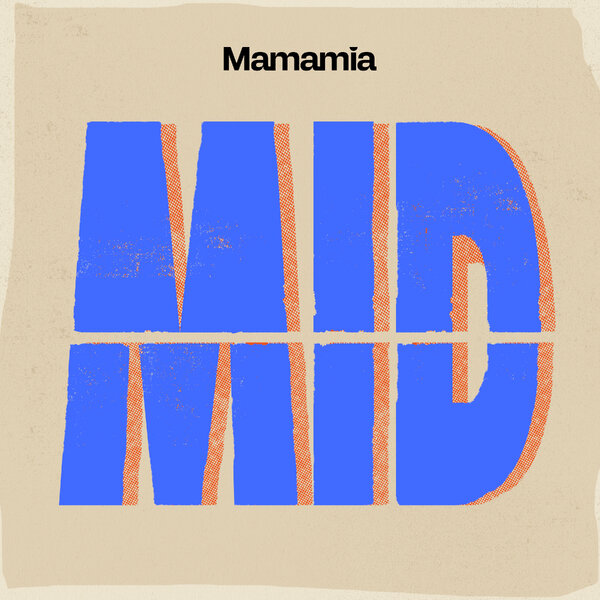
Growing up, I always wanted to be Andie Anderson in How To Lose A Guy In Ten Days. Not just because of her job as a journalist, but because of her hair.
Specifically, her hair after she falls in love with Benjamin Barry. Gone were her pin-straight, flat-ironed locks. In their place were gorgeous, natural waves. As a curly-haired girl myself, I loved to see it.
Of course, at the time, I didn't realise just how radical the hair choice was. At least, for the time period. For once, curls were being portrayed as a positive thing, rather than being villainised.
"Huh?" you say.
Allow me to explain.
Centuries ago, European beauty standards labelled curly, coily and kinky hair as "bad" or "unprofessional", particularly targeting Black people. This stigma persisted into the 20th century and worked its way onto our screens.
As a child of the '90s, I grew up with the same messaging in the media. Sleek, straight hair was sophisticated and stylish. Curly hair was unruly and difficult. If you think I'm being grandiose, I urge you to think of all the famous movie makeovers from that time.
In Pretty Woman (1990), escort Vivian Ward's curls were tamed to fit a more glamorous and "classy" aesthetic. In The Princess Diaries (2001), Mia Thermopolis' curls were straightened as part of her transformation into a "regal" princess. In the book Harry Potter and the Goblet of Fire (2000), Hermione Granger uses a hair potion to tame her unruly curls ahead of the Yule Ball and, all of a sudden, her classmates find her attractive! Imagine that!





























































































